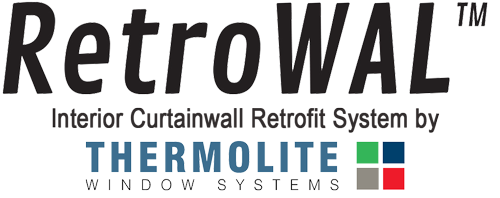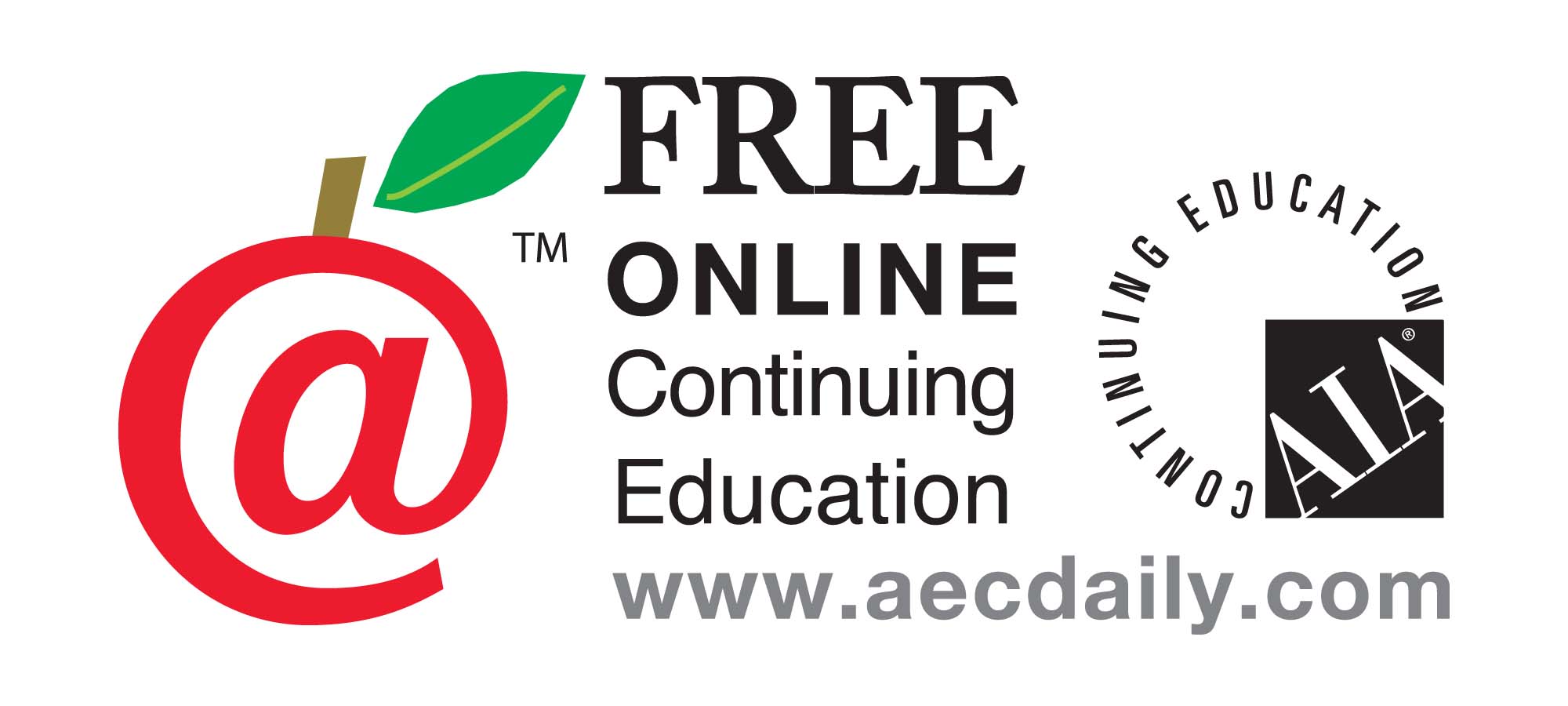China and the US are two of the biggest emitters of greenhouse gases – combined, they are estimated to create nearly half of all of the emissions worldwide. In November 2014, China and the US met and pledged to reduce their greenhouse gas emissions:
- China – By 2030: cap carbon emissions, which currently are increasing at a rate of 7% due to the addition of 1 new coal plant roughly every 10 days
- US – By 2025: reduce emissions 26-28% less than 2005 levels, which is estimated to require doubling current carbon reduction efforts
Depending on the side of the debate, reactions to these greenhouse gas emission reduction pledges may range from viewpoints of it being a costly yet ultimately worthwhile investment, to the other end of the spectrum that deems it a waste of money for an expensive and unreachable endpoint. One seeming point of agreement for both advocates and opponents of the actions to limit greenhouse gas emission appears to be the belief that the most effective options also have the highest cost – however, research has disproven this myth that green measures must inherently be pricy.
Insulating buildings is both the most affordable and most effective option for limiting greenhouse gas emissions, according to McKinsey Quarterly report A Cost Curve for Greenhouse Gas Reduction. The renowned consulting group used International Energy Agency (IEA) and the US Environmental Protection Agency (EPA) figures on projected emissions growth, and performed a data analysis to determine the cost, return on investment, and projected reduction (“abatement”) performance rates of various methods.
According to the report, “Improving the insulation of new [buildings], for example, would lower demand for energy to heat them and thus reduce emissions. Lower energy bills would more than compensate for the additional insulation costs.”
Although it is a low-tech option, insulation is the more cost-effective and superior technique for reducing greenhouse gas emissions because it doesn’t aim to completely replace older, environmentally unfriendly sources of energy. Nuclear, wind, and solar energy are simply “cleaner” versions of energy generation that emit less carbon, but they don’t address the underlying issue of reducing energy usage. These technologies also have a significant upfront cost and may not show a return on investment for decades.
“In a 2030 perspective, almost three-quarters of the potential to reduce emissions comes from measures that are either independent of technology or rely on mature rather than new technologies” – McKinsey Quarterly, A Cost Curve for Greenhouse Gas Reduction.
China and the US can make significant progress in their endeavors to reduce greenhouse gas emissions in the next decade or so by funneling their efforts toward commercial building insulation. One low-cost yet high ROI form of insulation is through commercial window retrofits. Windows are the part of a building most prone to heat loss, requiring additional heating, air conditioning, and ventilation (HVAC) system energy demand. By retrofitting existing windows with interior secondary windows, thermal performance is improved and air infiltration is reduced – this regulates temperature control so energy usage for HVAC systems is lowered, cutting down on carbon emissions used to power the building.
Commercial window retrofits are also advantageous for buildings of all sizes and budgets because the savings can easily be measured through the decrease in energy bills – Thermolite has observed an average of 20% energy savings after the installation of our secondary window retrofits. Interested in learning more about commercial window retrofits? Contact Thermolite today!
![]()
Stay up-to-date on Thermolite’s latest blog posts:
 The Thermolite engineering staff is an innovative structural, energy modelling, and implementation team that works to create unique window systems alternatives to traditional replacement windows. Our systems protect against blasts, hurricanes, and sound, while being energy efficient and quick and easy to install. We serve a wide range of industry buildings including government, military, historical, schools and universities, financial, health care, hospitality, and offices. Contact us today to learn how we could update your building’s window systems.
The Thermolite engineering staff is an innovative structural, energy modelling, and implementation team that works to create unique window systems alternatives to traditional replacement windows. Our systems protect against blasts, hurricanes, and sound, while being energy efficient and quick and easy to install. We serve a wide range of industry buildings including government, military, historical, schools and universities, financial, health care, hospitality, and offices. Contact us today to learn how we could update your building’s window systems.
References:
http://www.mckinsey.com/insights/sustainability/a_cost_curve_for_greenhouse_gas_reduction



Pingback: US and China Pledge to Reduce Carbon Emissions: The Most Affordable Green Upgrade | Thermolite Windows